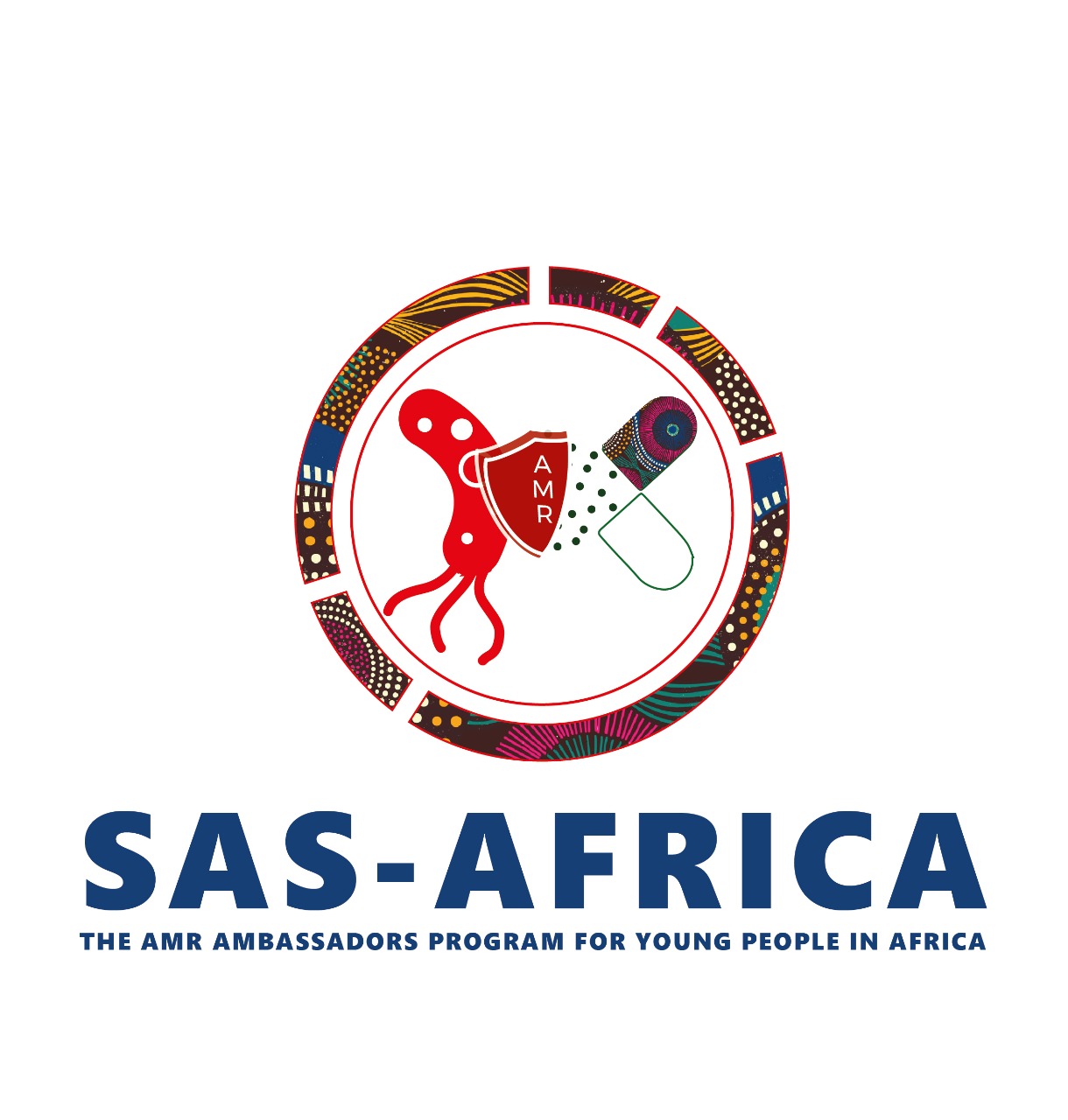Fellows
TEAM:
IgnacZ
COUNTRY:
Zimbabwe
UNIVERSITY:
University of Zimbabwe
Front row, from left to right: Lorraine Munemo (Applied mathematics with Economics), Ruvarashe Chimuka (Agronomy), Tsitsi Zhakata (Medicine and surgery) Rear row, from left to right: Colonel Chikumbiro (Medical Laboratory Sciences), Kushinga Mandipereka (Masters in Medical Microbiology)
Why we chose CAFA Young Ambassadors?
Ignaz Phillip Semmelweis (also Semmelweis Ignac Fulop in Hungarian) was a Hungarian physician who is considered the Father of Hand Hygiene, Father of Infection Control and Savior of Mothers. His involvement with the puerperal infection at an Obstetric clinic led him to establish causality of childbed fever by demonstrating a strong, specific temporal association with unclean hands. He ordered students coming from the dissecting room to the maternity ward to wash their hands in chlorinated lime before each examination, leading to a drop in mortality rates from 18.27% to 1.27%. We are inspired by Ignaz to come up with simple, low cost innovative ideas to mitigate AMR in resource-limited settings typical of most African countries.
Other Teams
OUR STORY
During his attachment period at Parirenyatwa Hospital Microbiology Laboratory, Colonel met Kushinga who was doing his internship at the same laboratory. In the initial sense, it was Colonel who discovered this important program and shared with Kushinga who immediately became interested. In order to make a team of five, Colonel invited his former high school mates: Ruvarashe, Tsitsi and Lorraine who were now pursuing different programs at the same institution, University of Zimbabwe. With first-hand experience of AMR at the microbiology laboratory, Colonel and Kushinga shared awareness of the problem to the rest of the team and how knowledge to be obtained from the AMR Ambassadors program could be of great importance in addressing AMR using a multidisciplinary approach. It is now acknowledged that AMR is an existing global threat to health care. It is rather a cunning threat since its impact is not as loud as that caused by diseases such as COVID-19 and cancers, while being equally deadly. As a group we hope the program will help us bring AMR to the front of policy and decision makers and give it the priority that it deserves in attention and resource allocation.
A key factor in reducing the impact of AMR is hinged on awareness and information dissemination as well as good clinical practice. We hope to gain skills in this regard for implementation in our local setup, taking into consideration the resource-limited nature of our economy. In order to mitigate AMR, we hope to come up with a tool/system for Hospital-level monitoring of empiric antibiotic consumption and resistance rates of locally available antibiotics. Empiric use of antibiotics is widespread for some infections such as urinary tract infections as well as in the Intensive Care Units. A tool to understand prescription patterns in empiric treatment in conjunction with local resistance patterns will allow for judicious use and correct prescription of antibiotics. Another idea is to implement a notification and reporting system upon detection of resistant pathogens of concern in order to trigger implementation of infection prevention and control measures.
Antimicrobial Resistance (Kukundikana kwemishonga kuuraya utachiona kana kuti majemusi)
Inoitika kana utachiona/majemusi ashanduka nekufamba kwenguva zvinokonzera kuti asafe kana tanwa, kubayiwa kana kuzorwa mushonga mushonga wekuti tipore. Izvi zvinokonzera kuti zvirwere zvinetse kurapa, zvipararire nyore nyore kune voruzhinji uye kuti vanhu varware zvakanyanya nekufa.



